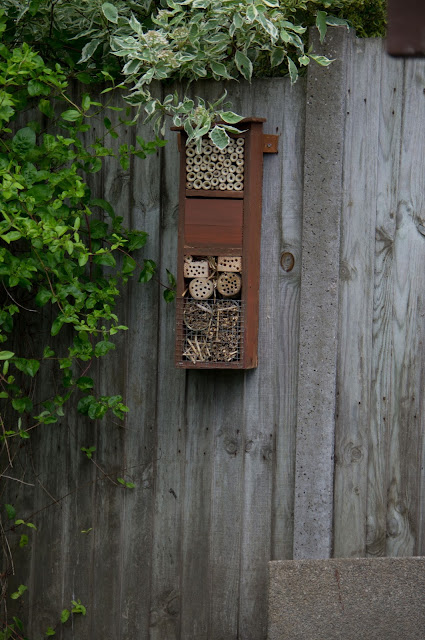Most of my life I have had a fear of Spiders that stems from an incident at Primary School back in the 80's. I had run into the cloak room and not one, but two big typical House Spiders ran out from my left leg. Previous to this I could be seen amongst all types of bugs and beasties in the garden and elsewhere. Then that all changed in 2012 when I discovered someone on flickr who does Jumping Spiders very close up. He was mentioned in my Fly blog too. So my understanding of the Arachnids and Arthropods (Jumping Spiders) changed
Having spent 12 years working within the wooden animal housing industry I would regularly be spooked by all kinds of spiders, most commonly the House Spider. Many very big too. So to have a complete turn around in my perception of them shows how inspiring and thankful I am of this photographers work. I do however still fear any that resemble the Black Widow in shape, they to me look just plain evil!
So having done flies and the odd bug here and there I was on a mission to capture Jumping Spiders for myself. Known also as Zebra Spiders, they are so comical in their movement and full of intrigue when faced with a giant lens in front of them. Some run in fear while others are bemused by what greets them. They track your every move in a way that is very robotic. They normally inhabit walls of houses, garden shed and wooden fencing around fields. The next four images are the best I have captured of them...
Jumping Spiders done to a degree I wanted to capture other species. One that is very timid despite its name is the Wolf Spider. Readily accessible in the garden and with a lot of perseverance I managed to capture some...
 |
| I call this one Cyclops |
I am amazed at how opaque the legs are in them and how many eyes they have too. The middle one is a male too with its longer boxing glove arms. Most recently the next two images are from Kings Wood, Challock just 5 minutes drive from me. I am not sure if both are males or both genders as the second image has a sack attached with Spiderlings in I believe?
Late Summer/ early Autumn last year at my girlfriends, her garden was home to the typical Garden Spider. Varied in size and randomly home to the pretty aggressive males their webs would be seen spanning gaps between the shrubs, Holly and other tall plants. Prime areas of unwitting flies to move through. The biggest seen with legs spanned out was the diameter of a 50p coin.
 |
| About life-size in this photo |
 |
| Feasting on a Fly |
This last image is very recent and taken with the new addition of a LED Ring Flash. In reality it is only I would say 10mm long so thus appears here 3 times bigger! The light really helps bring out the detail, given the location was in complete shade from the shed.
The next spider was captured in 2013 and while I was out walking on the outskirts of my village. Well camouflaged in Lime Green colours and in prime ambush position amongst the hedgerow. This also has that distinct large Abdomen akin to those of nightmares, but more friendly luckily.
 |
| Known as Araniella Cucurbitina |
Another whose colouring (or rather lack of) provides perfect camouflage for its niche way of hunting. Aptly named the White Death Spider it sits in wait on Cow Parsley along country lanes. The unassuming victim caught out by the distraction of feeding on the Pollen. The spider leaps from nowhere and relentlessly immobilises its prey. As evident below, it really hides itself well amongst the small white flowers of the plant and lives up to its name too.
 |
| White Death Spider. Image stacked from two images. |
The following ?????? was taken on a public footpaths swing gate post in a nearby field to my home. Common sights for those that look for them, they make spots like this home. Laying flat in general with legs splayed out. They have a very prehistoric look to them. As if fossilised and brought back to life millions of years later. The patterning on the "disc" of its head has a great velvety texture carried over onto the rear abdomen too. The eyes protrude from the disc giving a UFO feel also.
Finally is a very atmospheric photo of a very small "Money" type spider. It was running along the tables edge and with the effect of the macro set-up provides an evocative and creative image. The peach background enhances the dark brown exoskeleton of this Arachnid, also complimented by the grey/green tables edging. Even being so small I have been able to enlarge it to a degree that even the minutest of hairs on its legs are visible. So this image concludes my new discovery and bravery of capturing these 8 legged creatures.































